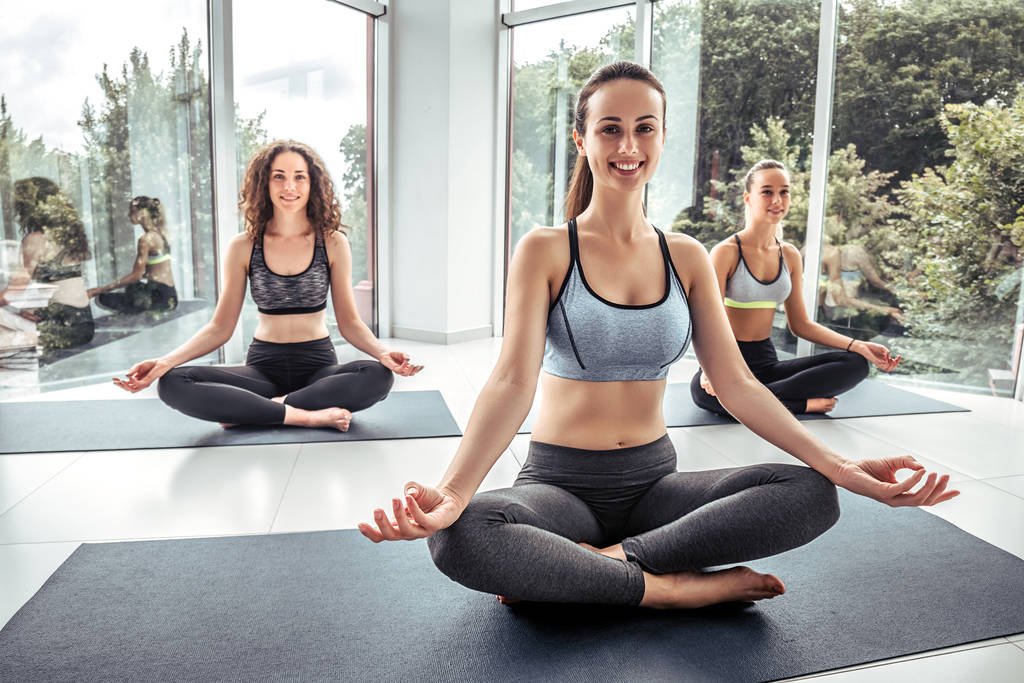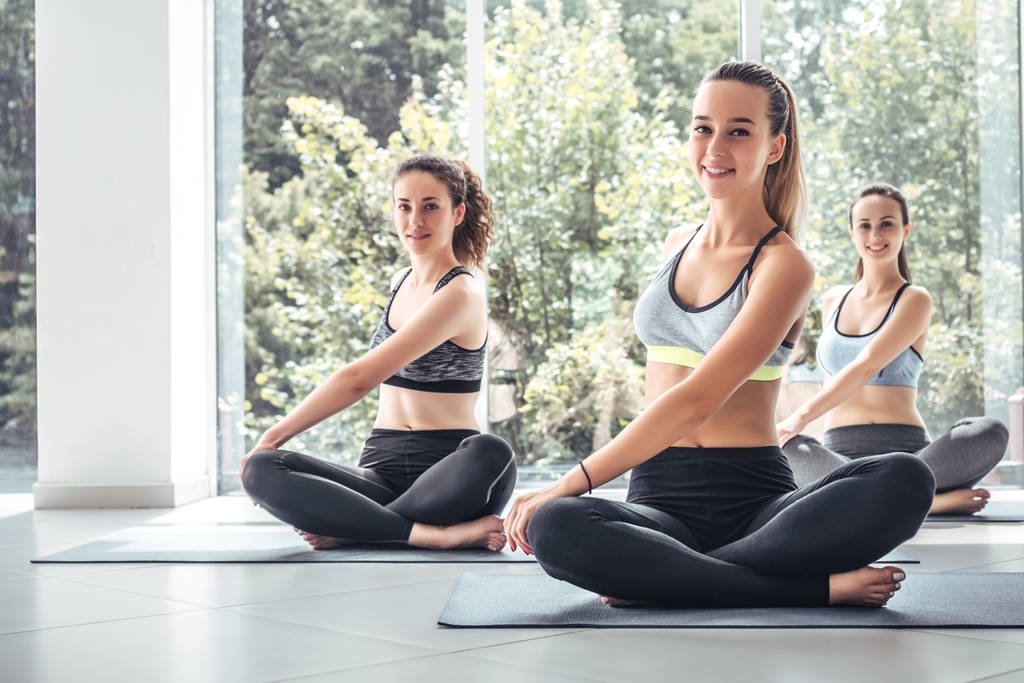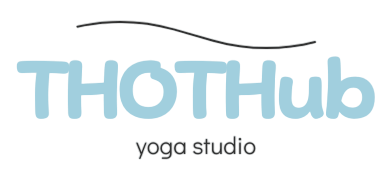Yoga for Complete Beginners – 20 Minute Home Yoga Workout

If you’ve ever thought about starting yoga but felt unsure where to begin, this guide is for you. You don’t need to be flexible. You don’t need to wear fancy clothes. And you don’t need to go to a studio. Yoga can start right where you are — in your living room, on a mat or even a towel.
This 20-minute home yoga workout is simple, gentle, and made for complete beginners. It’s a way to move your body, quiet your mind, and start feeling better — no experience needed.
In this guide, we’ll walk you through:
- Why yoga is good for beginners
- What you need to get started
- A full 20-minute yoga routine (step-by-step)
- Tips for staying consistent
- Common questions and honest answers
Let’s begin.
Why Yoga Is Great for Beginners

Yoga is more than just stretching. It’s about creating space — in your body, your breath, and your thoughts. If you often feel tired, stiff, stressed, or anxious, yoga can help with all of that.
Here’s what yoga can do for you:
- Relieve tension in your neck, shoulders, and back
- Calm your nervous system and reduce stress
- Improve your flexibility gradually over time
- Build strength and balance in a gentle way
- Help you sleep better and feel more grounded
- Support your breathing and posture
And the best part? Yoga meets you where you are. You don’t have to be “good” at it. You just have to show up.
What You Need to Get Started
You don’t need anything fancy. To do this 20-minute yoga workout at home, you’ll need:
- A little space to move (your bedroom, living room, or a quiet corner)
- A yoga mat (or towel or carpet if you don’t have one)
- Comfortable clothes you can stretch in
- Optional: A pillow, folded blanket, or yoga block
Set your phone to silent. If possible, dim the lights. Take a deep breath. You’re ready.
The 20-Minute Yoga Routine (For Total Beginners)

This beginner yoga workout is designed to gently wake up your body, stretch tight areas, and leave you feeling calm and refreshed.
You can do this first thing in the morning, after work, or before bed.
1. Easy Seated Pose + Deep Breathing (2 minutes)
Sit cross-legged or on a pillow. Rest your hands on your knees. Close your eyes if that feels comfortable.
Inhale slowly through your nose… hold for a second… exhale gently through your mouth.
Do this for 1–2 minutes. Let your breath soften and slow down. Let your body arrive.
Tip: If sitting cross-legged is uncomfortable, stretch your legs out in front of you.
2. Cat-Cow Stretch (2 minutes)
Come onto all fours (hands and knees). Stack shoulders over wrists and hips over knees.
- Inhale: Drop your belly, lift your chest, look slightly up (Cow Pose)
- Exhale: Round your spine, tuck your chin, draw your belly in (Cat Pose)
Repeat slowly for 1–2 minutes.
Why it’s great: Warms up the spine, eases back stiffness, and connects movement to breath.
3. Child’s Pose (1 minute)
From hands and knees, bring your big toes to touch. Sit back on your heels. Stretch your arms forward and rest your forehead on the mat.
Take 5 slow breaths here. Relax your shoulders.
Why it’s great: It gently opens the hips, soothes the nervous system, and helps you reset.
4. Downward-Facing Dog (2 minutes)
From all fours, tuck your toes under and lift your hips up and back.
Keep your knees soft. Press your palms into the mat. Let your head hang freely.
Take 5–7 breaths here. Feel the stretch in your hamstrings, calves, and back.
Tip: Bend your knees as much as needed. The goal isn’t straight legs — it’s feeling the stretch.
5. Forward Fold (1 minute)
Walk your feet toward your hands. Hang over your legs in a forward fold. Knees can bend a lot.
Let your arms dangle or hold opposite elbows. Nod your head yes and no.
Why it’s great: It relaxes your back, neck, and mind. A gentle way to turn inward.
6. Halfway Lift to Standing (1 minute)
- Inhale: Place your hands on your shins, lift your chest halfway (flat back)
- Exhale: Fold again
- Inhale: Slowly roll up to standing, one vertebra at a time
- Exhale: Stand tall in Mountain Pose
Place your arms by your sides, feet hip-width apart, and take a breath.
7. Standing Side Stretch (1 minute)
Reach both arms overhead. Interlace your fingers, index fingers pointing up.
Lean gently to the right. Hold and breathe. Come back to center. Then lean to the left.
Why it’s great: Stretches the sides of your body, opens the ribs, and improves posture.
8. Warrior II Pose (2 minutes)
Step your left foot back, arms stretched wide. Bend your front (right) knee. Look over your front fingers.
Hold for 5 breaths. Then switch sides.
Why it’s great: Builds strength in the legs and core while teaching focus and balance.
9. Seated Forward Fold (2 minutes)
Sit down, legs straight in front of you. Inhale, lift your arms. Exhale, fold forward gently.
Let your hands rest on your shins, ankles, or feet. Don’t force it — just feel the stretch.
Hold for 1–2 minutes, breathing slowly.
10. Supine Twist (1 minute each side)
Lie on your back. Hug your knees into your chest. Drop your knees to the right, arms out wide.
Hold for a minute. Then switch to the left.
Why it’s great: Releases lower back tension and helps digestion.
11. Final Relaxation (Savasana – 3 minutes)
Lie flat on your back, arms and legs gently spread. Close your eyes. Let your whole body soften.
Let your breath be natural. Just rest. You don’t need to “do” anything now.
Stay here for at least 3 minutes.
After Your Practice: What to Expect
You might feel:
- Calm and relaxed
- A little sore in new places
- More open in your body and breath
- Emotionally lighter
Drink water. Move gently for the rest of your day. Come back tomorrow, or later this week.
Tips for Beginners Starting Yoga at Home
- Be patient with your body. Flexibility and strength come with time.
- Start small and consistent. Even 10 minutes a day makes a difference.
- Breathe deeply. Your breath is more important than the pose.
- Use props if you need them. Pillows, blankets, and blocks can help a lot.
- Practice without judgment. Don’t worry how it looks. Focus on how it feels.
- Listen to your body. If something hurts, skip it or modify it.
Common Questions About Beginner Yoga
Do I need to be flexible to start yoga?
Not at all. Yoga helps you become more flexible over time — but flexibility is not required.
Can I do yoga if I have back pain or tight hips?
Yes, but move slowly and avoid anything that feels painful. Gentle stretches and breathwork can help relieve tension.
How often should beginners do yoga?
2–3 times a week is a great start. As you feel more confident, you can do short daily practices.
What if I can’t sit cross-legged?
That’s totally fine. Sit on a chair, use a pillow, or stretch your legs out. Yoga meets you where you are.
Is it okay to practice yoga at night?
Yes! Evening yoga can help you unwind and sleep better. Just avoid energizing poses right before bed.
You Don’t Have to Be Perfect — You Just Have to Begin
Starting yoga as a complete beginner can feel overwhelming. But here’s the truth: You don’t need to do it all right now. You don’t need to touch your toes or hold a perfect pose.
You just need to start where you are — with a breath, a stretch, a moment of quiet. Yoga isn’t about performance. It’s about connection. It’s about slowing down and tuning in.
This 20-minute yoga workout is your first step. The rest will come — one breath at a time.
